1930 Pennies - a collection of four coins.
The 1930 Penny is legendary and its star status has made it one of Australia's most valuable rare coins.
The aesthetics, how a 1930 Penny looks to the naked eye, is an important part of the selection process. The reason is simply that the 1930 Penny was minted by accident and no one knew of its existence until at least ten years after it was issued.
Which means that the coins were used. With the majority well used, before collectors discovered its very being.
It is a fact that we reject more 1930 Pennies than we accept. We don't like gouges and we don't like massive edge knocks.
And now to our likes. We particularly like strong upper and lower scrolls, intact inner beading and handsome even chestnut toning.
The four 1930 Pennies shown below follow our selection protocols in every respect.
Buy one of these coins and you will be proud to show it around.
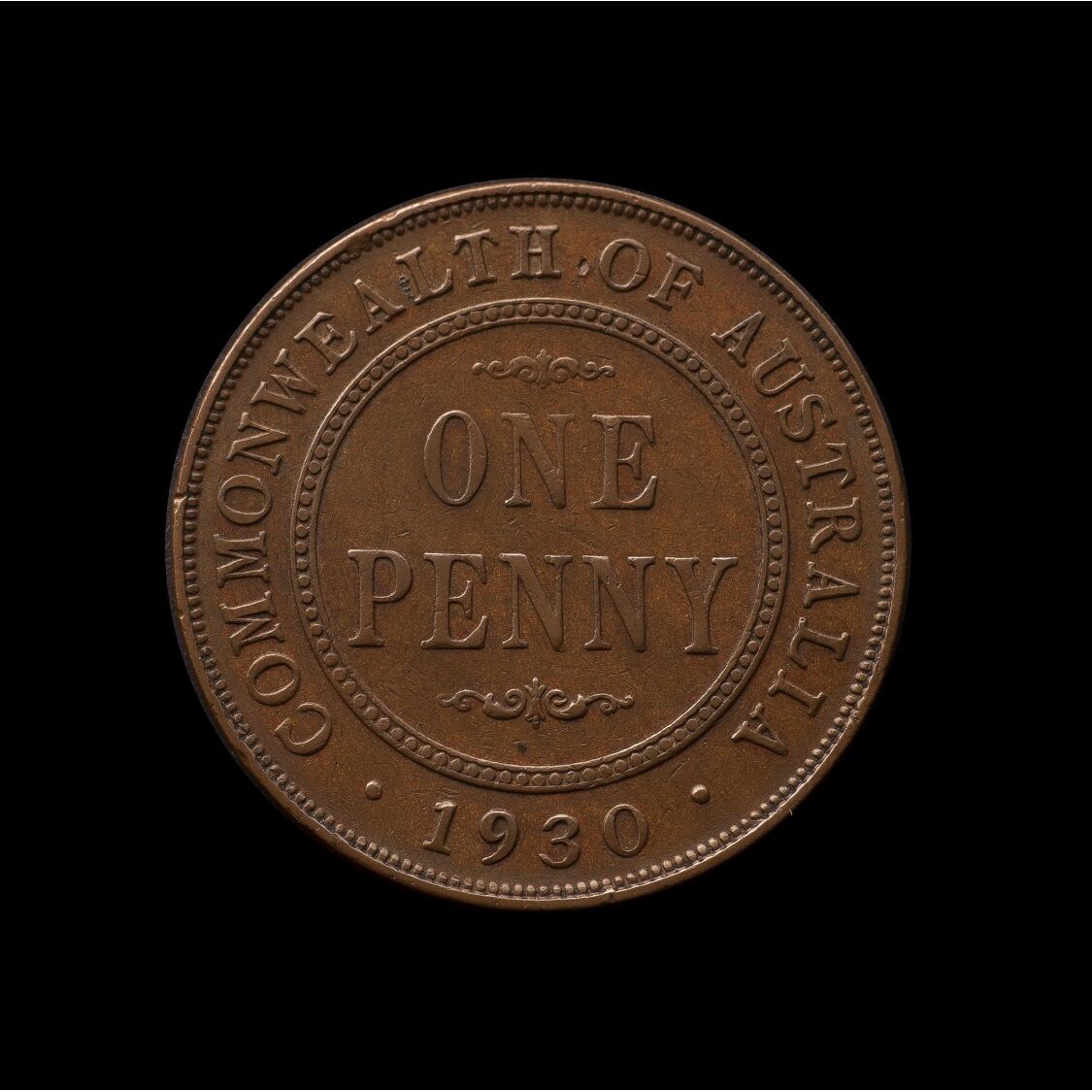
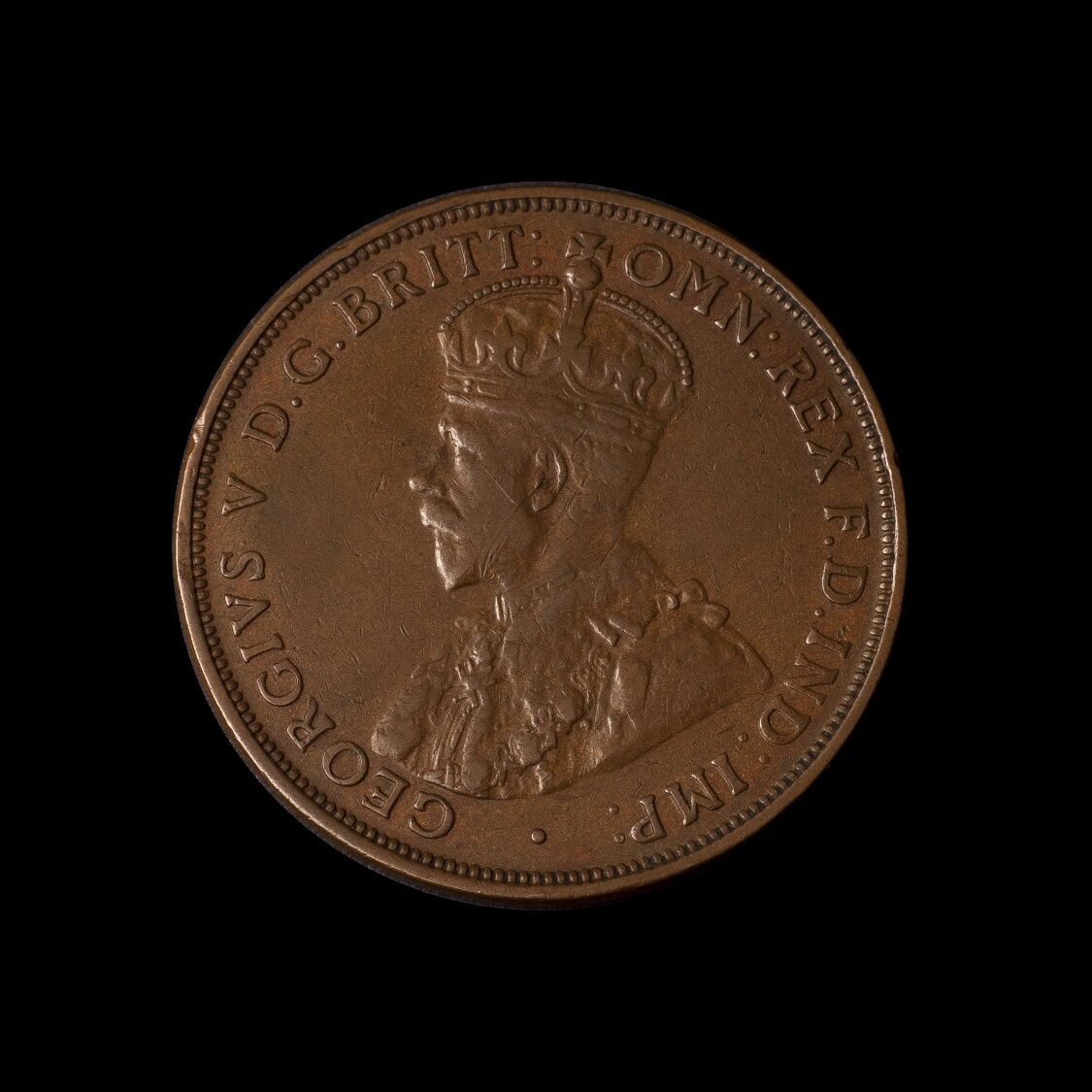
Quality: Very Fine
Price: $45,000
The 1930 Penny was struck during the Great Depression. An era when every penny counted for a family's very survival and the notion that a penny be put aside as a collectible almost non-existent.
Yet it is clear from the photos that this 1930 Penny has undergone minimal circulation. We rank it in the top eight per cent of surviving examples.
We reviewed our records and confirmed the rarity of Very 1930 Pennies. We last sold an example eighteen months ago! Now that's genuinely rare!
This coin has a full central diamond that leaps out and knocks you in the eye. There are six clear and crisp pearls and the smudging of the seventh and eighth pearl. (Amazing.)
The oval to the left of the central diamond is almost intact. The lower band of the crown is complete and the fields even and smooth.
The reverse is particularly impressive with well-defined upper and lower scrolls.
And while all of the above sounds very technical, the technicalities need to be stated for you are buying a premium 1930 Penny with this coin and one of the best.

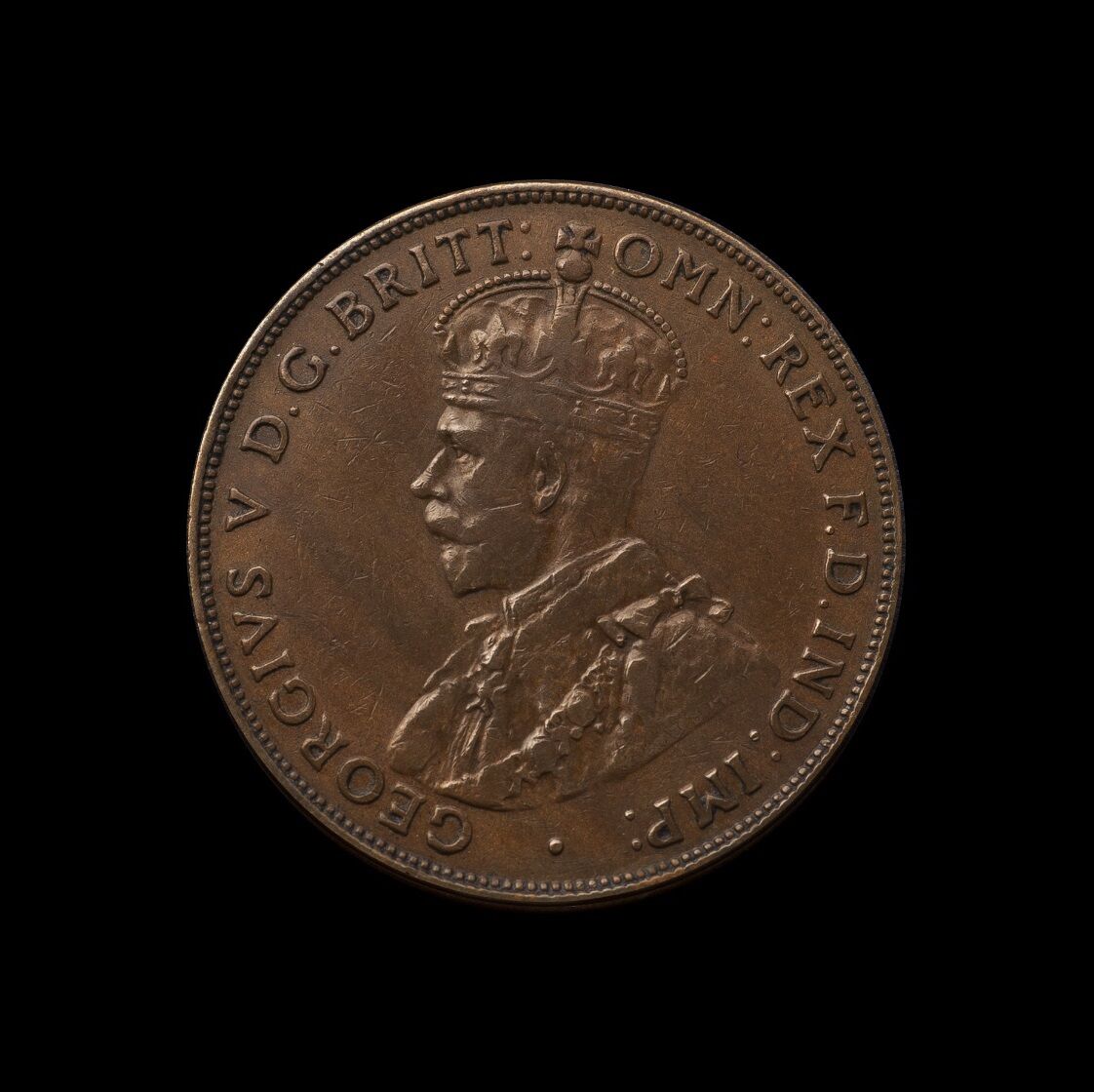
Quality: About Very Fine
Price: $34,500
We love this coin. And in fact we were the under bidder when it was offered at a Sydney Auction several years ago, outgunned by a very determined Victorian collector.
The collector has been passionate about coins since he was a child. Now approaching retirement, he has consigned this prized gem to Coinworks for private sale.
(The same collector owned another prized piece. The third finest known 1930 Penny that we sold last year for $150,000, so he has a great eye for detail.)
Our view on the coin today is exactly the same as it was a few years ago when we entered the auction room. Its just a really impressive 1930 Penny.
With at least two sides of the central diamond showing and six plump pearls, the fields are glossy and the upper and lower reverse scrolls are strong.
The coin has a genuinely strong presence and is visually very attractive.
This 1930 Penny follows our guidelines. It is a coin that you would be proud to show your family and friends.

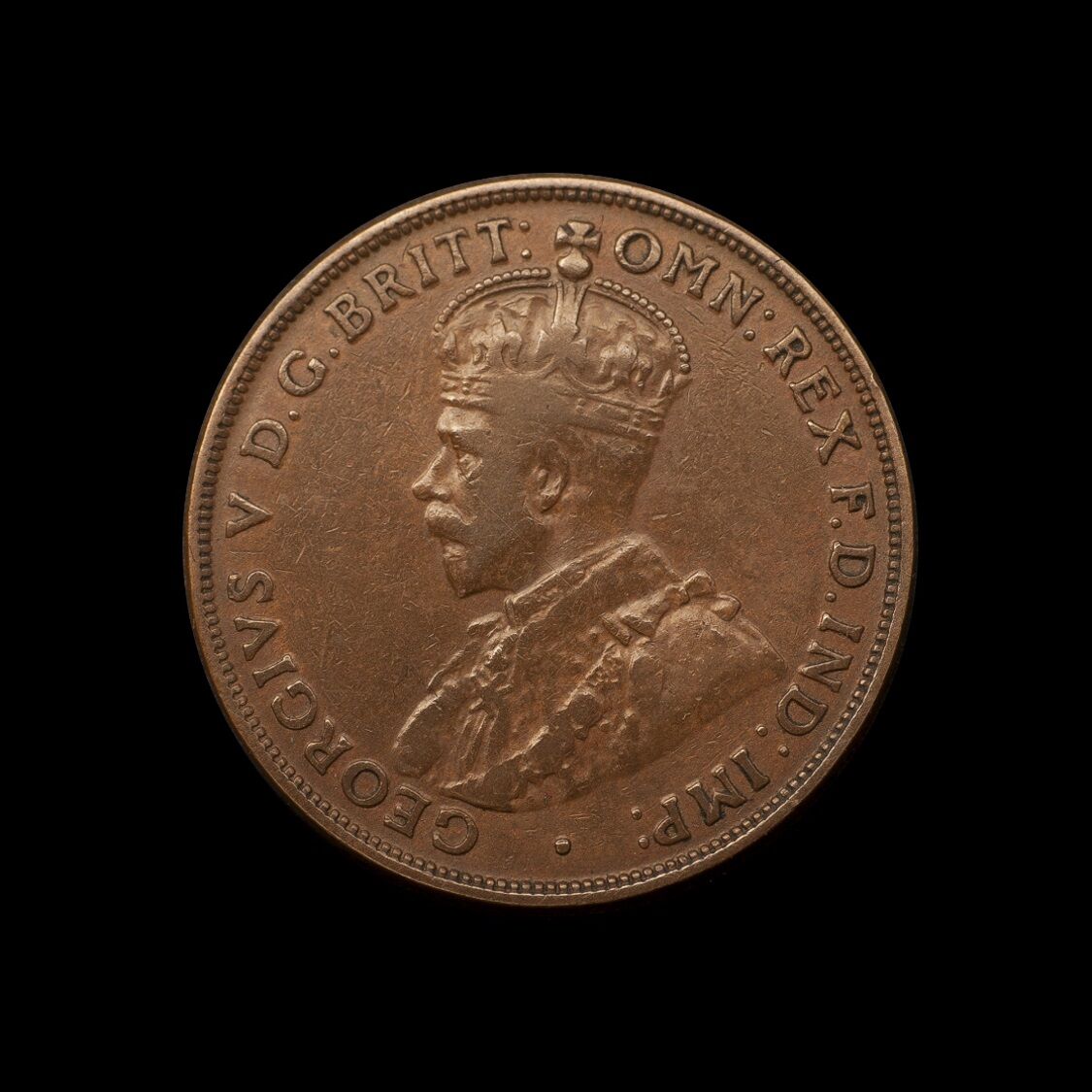
Quality: Good Fine / About Very Fine
Price: $29,500
A former (and somewhat famous) Australian pop musician in the 1960s turned professional businessman in the 1970s, the acquisition of this 1930 Penny fulfilled a lifelong ambition.
Now retired to the South of France ... the coin is up for sale.
His 1930 Penny is the classic example of a coin that has circulated but has survived its time in circulation remarkably well.
A glance at the photos shows a difference (slight) between this coin and those 1930 Pennies shown above. And that's OK because there is a corresponding price difference.
The differences on the obverse are minute. This coin has strong upper and lower scrolls and the beading is intact.
On the obverse one side of the central diamond is showing and six clear pearls.
We also comment that there are minimal marks in the fields and nice edges.
So, while technically this coin has undergone increased usage than the coin shown above, it has survived its years in circulation remarkably well.
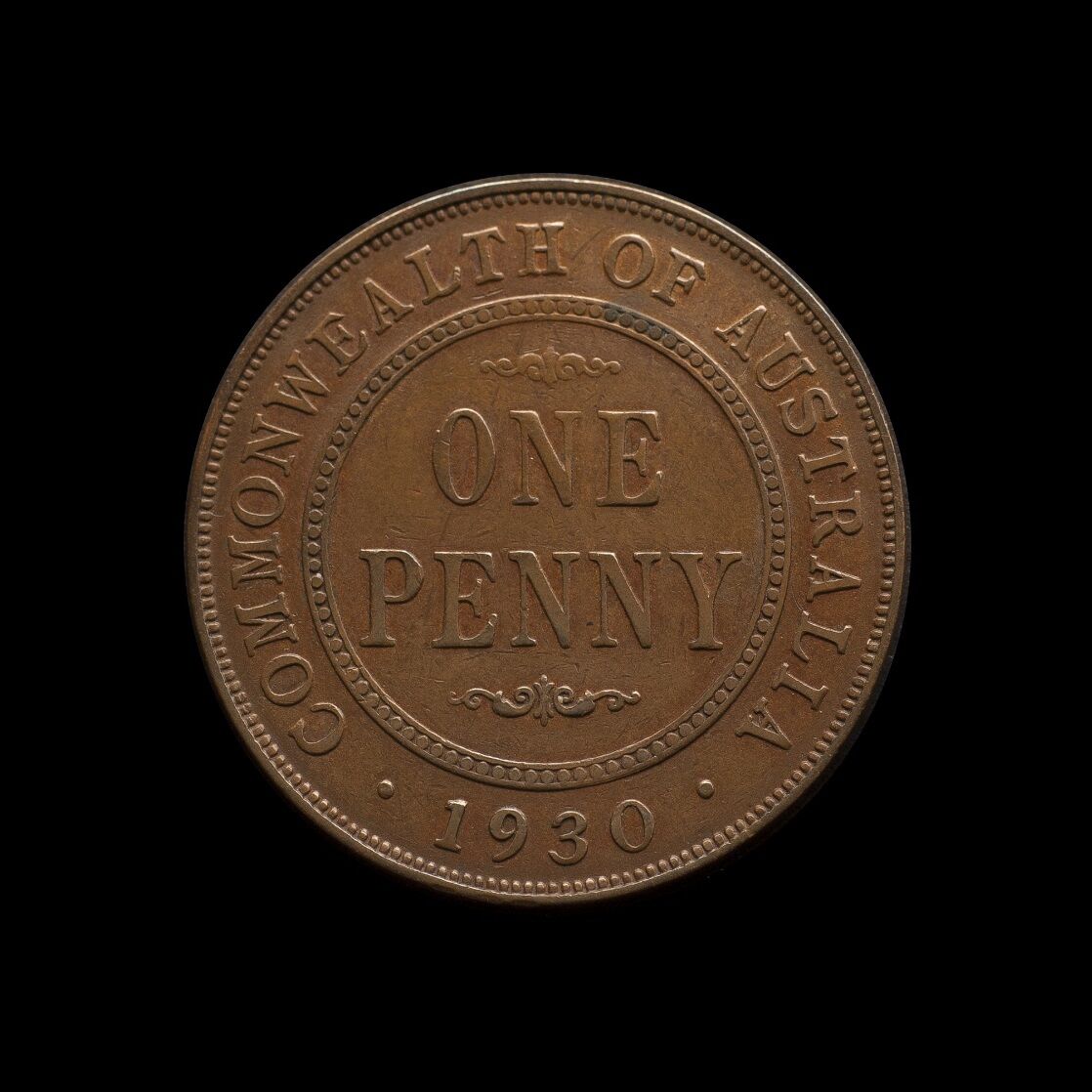
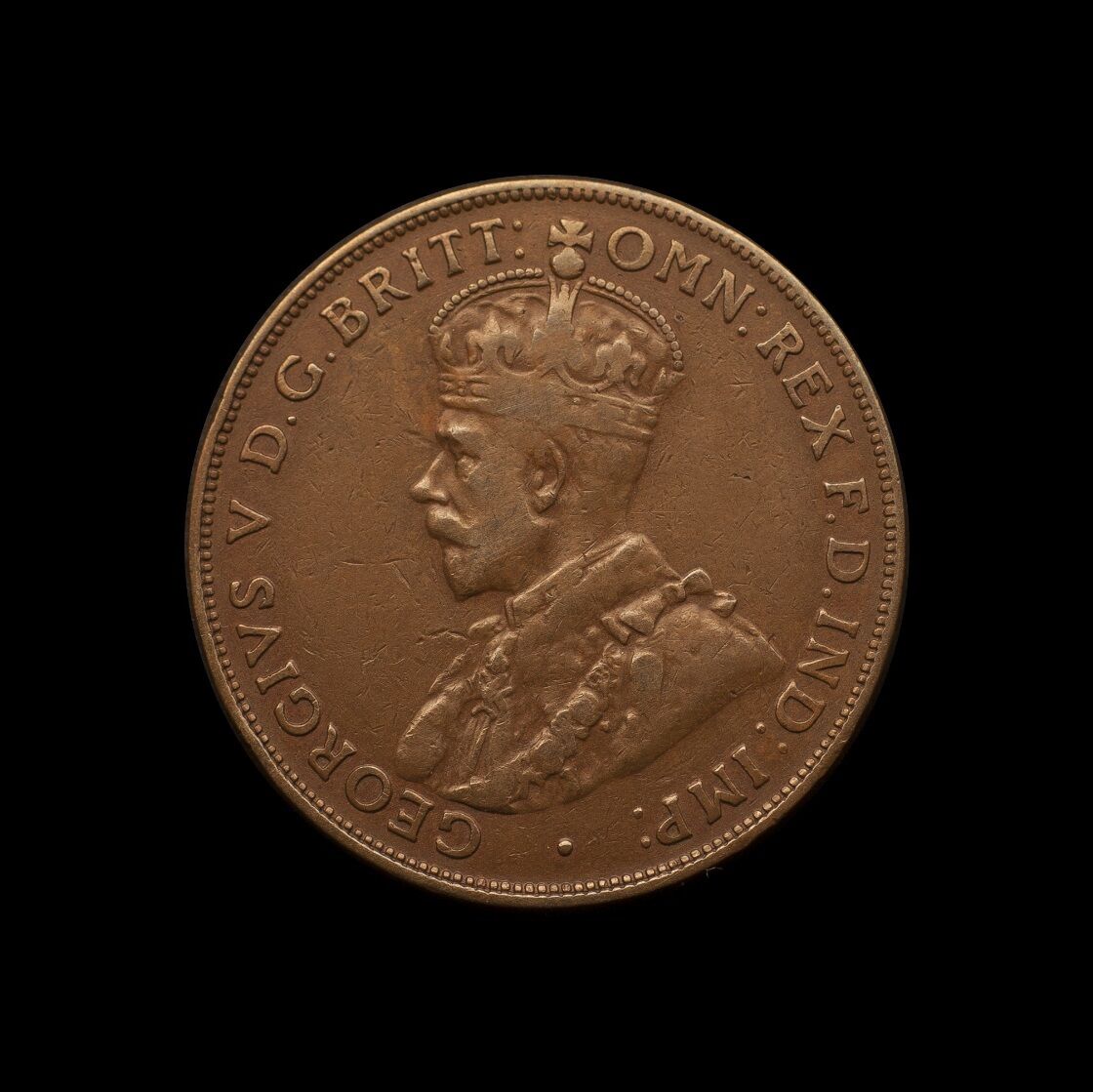
Quality: Fine-plus / About Very Fine
Price: $26,500
This coin is the perfect Dummy text dummy text dummy text dummy text dummy text dummy text dummy text dummy text dummy text. Dummy text dummy text dummy text dummy text dummy text dummy text dummy text dummy text dummy text.
Dummy text dummy text dummy text dummy text dummy text dummy text dummy text dummy text dummy text. Dummy text dummy text dummy text dummy text dummy text dummy text dummy text dummy text dummy text. Dummy text dummy text dummy text dummy text dummy text dummy text dummy text dummy text dummy text.
The history of the 1930 Penny.
The 1930 Penny was discovered by collectors in the 1940s.
That the coin had endured at least ten years of circulation before it was discovered means that all surviving examples show wear.
Dealers responded to the discovery of the 1930 Penny by offering to pay up to 10/- for an example.
However, it wasn’t until the 1960s that the coin became a national symbol. Newspapers were instrumental in creating that image, television played a lesser role.
Lists of Australian coins and their market prices and headlines such as “Have you cashed in on Australia’s coin craze yet?” and “A Penny could be worth £500” appeared in the 60s in the daily newspapers.
The nation’s rare coin market reacted in a frenzy as thousands cashed in on the opportunity to make big money.
In 1964, the Sydney Sunday Telegraph published a guide to the latest prices on Australian coins. It was the first time that such a list had been published and, while most pennies were fetching a small premium over face value, the 1930 Penny was listed at £50 in Fine condition (today that same coin would be worth more than $20,000).
By 1965, a Fine 1930 Penny had more than doubled in price to £120.
Before the arrival of decimal currency in 1966, no Australian could look at a penny without glancing at the date, just in case it was the elusive ‘1930’. A product of the Depression, it was everyone’s chance to make big money fast.
By decimal changeover, the price had moved to £255 ($510) and the 1930 Penny had captured the imagination of collectors and non-collectors alike.
The craze was fuelled on the one hand by the lure of quick money and on the other by the pressure of the collector market for supplies.
Decimal currency changeover posed an imminent and very real danger to coin collectors - the melting down of undiscovered rare pieces. Collectors were keen to complete sets of all coins minted in Australia.
There are no pennies being checked in schoolyards anymore, but for many collectors the journey to acquire our most famous penny still goes on.
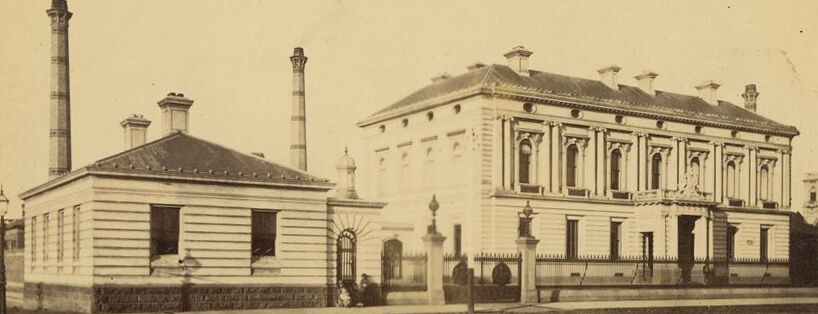
© Copyright: Coinworks